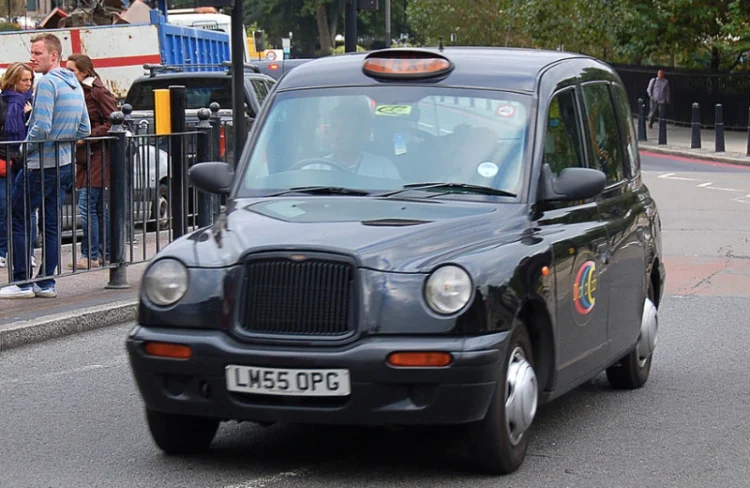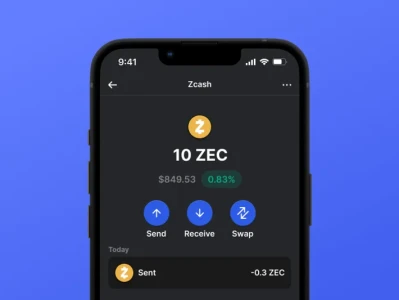Waymo's Freeway Gambit: Tech Utopia or a Highway to Hell?
Alright, folks, buckle up. Or don't. Because Waymo, Alphabet's golden child of self-driving dreams, just decided we’re all ready for the next big experiment: driverless taxis on the freakin' highway. As of November 13, 2025, you can actually hail one of these things in Los Angeles, Phoenix, and the San Francisco Bay Area and let a bunch of algorithms decide if you make it to your destination in one piece. First time anyone's done fully autonomous, paid freeway rides in the US with zero human backup. Zero. Nada. Just you, your phone, and a metal box with more sensors than a NASA rover. My initial thought? They expect us to believe this nonsense, and honestly... it's a hell of a gamble.
They’re calling it "Level Four Autonomy," which, for those not fluent in tech-bro bingo, means the car handles everything. No human supervision needed. Contrast that with Tesla's "Full Self-Driving" which, let's be real, still demands you keep your sweaty palms on the wheel and your eyes peeled like a hawk. Waymo's been testing this for over a year with employees, apparently, but now it’s prime time. They're even opening curbside service at San Jose’s airport, making it the second major airport to roll out the red carpet for these robo-chauffeurs. I gotta wonder, who’s the first brave soul to hop in one of these things for a 65 mph cruise on the 405? Some wide-eyed tech evangelist, probably, grinning nervously as the world blurs past, trusting a machine with their life. What’s going to be more unsettling, the silence of the empty driver's seat, or the faint hum of a computer deciding your fate?
High Stakes on the High Road
Waymo’s director of engineering, Nick Pelly, an Aussie no less, is out here saying the tech’s "inherent safety" becomes apparent after just one ride. He talks about 360-degree awareness and no distractions. Give me a break. You know what else has 360-degree awareness? A squirrel trying to cross a six-lane highway. And we all know how that usually ends. Freeway driving ain't easy. Dmitri Dolgov, Waymo's co-CEO, even admitted it's "easy to learn but very hard to master" for full autonomy. It’s like teaching a toddler to ride a tricycle in the living room and then suddenly dropping 'em onto a motocross track. Sure, they know how to pedal, but what happens when a semi cuts them off, or some idiot decides to change three lanes at once without a signal?

Yeah, Waymo’s touting its 100 million miles without a human fatality. That’s great, it really is. But let's not forget Cruise, GM’s former self-driving venture, got its California permits revoked after one of its robotaxis dragged a pedestrian in 2023. Waymo’s had its own share of "incidents" too – striking a cat, being targets of arson. These aren’t just minor fender benders. These are real-world, messy problems that don’t show up on a spreadsheet. And Pelly thinks this tech will be as "ubiquitous" as smartphones within five years, potentially slashing the 40,000 road deaths per year in the US. Lofty goals, but I’m not sure I'm ready to trade human error for algorithmic unpredictability just yet. Maybe I'm just an old cynic, but I prefer my accidents to involve a human to blame, not a black box that spits out a diagnostic report.
And don't even get me started on their global ambitions. Waymo's sniffing around Sydney, Australia, talking to Transport for NSW, even appointing lobbyists. Australia, a land where kangaroos are basically speed bumps with a vengeance. Left-hand drive, unique traffic rules, narrow streets, parallel parking challenges... it’s a whole new ballgame. One minute you're navigating a busy city street, the next you're dodging a six-foot marsupial that just bounced out of the bush. Are they going to program the AI to recognize "roo-hoppin' season"? And what about the regulations? Australia's not expecting a national framework until 2027, despite Waymo pushing for 2026. It’s like trying to build a skyscraper without any building codes. Who’s going to be liable when one of these self-driving wonders gets into a dust-up with a 'roo, or worse, a human? The company? The passenger? The poor sap who coded the "avoid marsupials" function?
Waymo claims it won’t worsen freeway congestion. Pablo Abad, a product manager, says they haven't seen any impact in current service areas. But LA freeways? Phoenix? San Francisco? Those aren't just "current service areas," they're a special kind of purgatory. Adding a fleet of cars that must obey every single speed limit, that must react perfectly to every aggressive cut-in, that must avoid every construction zone on the shoulder... I don't know, it sounds like a recipe for a whole new flavor of gridlock, not a solution. It's almost like they think the existing chaos of human drivers will just... magically adapt to their perfectly programmed robots. But wait, are we really supposed to believe that? Are these things going to be the zen masters of the highway, or just another variable in an already impossible equation?
So, Who's Betting Their Life on This Bet?
Look, I get it. The dream of a safer, more efficient commute. But Waymo's freeway launch isn't just a technological leap; it's a leap of faith for the rest of us. We're being asked to trust an invisible driver, an algorithm that’s learned its lessons in simulations and controlled environments, now unleashed on the wild, unpredictable beast that is American highway driving. They're playing high-stakes poker with our safety, and while they've got a decent hand, there are too many wild cards out there. Until they can prove these things can handle every single insane, unpredictable, purely human maneuver without blinking, I'm sticking with my own two hands on the wheel. Or at least, a human behind the wheel. Because sometimes, the devil you know is better than the AI you don't.

